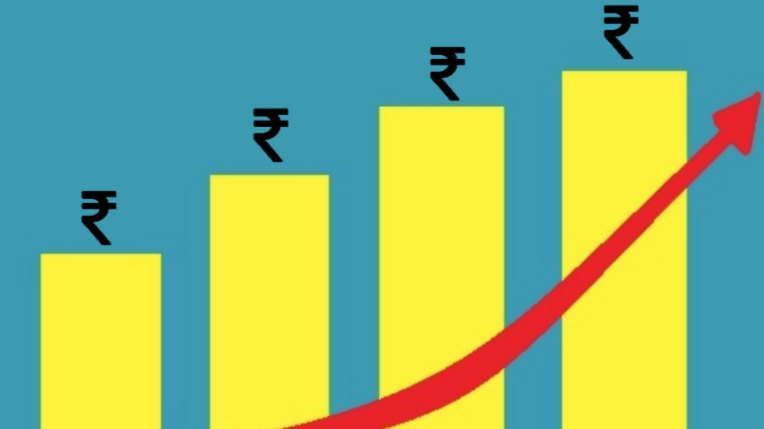SYNOPSIS
Over a period of time, things are expected to get a little better for savers, mostly senior citizens.
You are hearing nowadays that the RBI is about to normalize rates. Yes, they will normalize; they have already given hints and will initiate it in sometime. It may start on 8 December, which is the date for the next review meeting of the Monetary Policy Committee, the panel in charge of deciding interest rates. Let’s get the hang of this.
To start with, it is being called normalization of rates and not rate hikes. Though, on the face of it, interest rates will be increased, there is a reason the industry is calling it normalization. During the pandemic, starting from March 2020, the economy went into a slowdown. To fight that, the entire nation took emergency steps, including the Reserve Bank of India. For the RBI, the emergency steps were:
• Reduce interest rates to the extent justifiable, so that money is available cheaper. Cheaper money circulates faster, as people are induced to take loans, which moves the wheels of the economy that much faster;
• Infuse lots of cash to banks, so that banks are prompted to give loans.
The impact of these measures have been limited, because demand for loans have been low, as the economy was in a slowdown, now recovering and gathering steam. The context is, the interest rates were lowered to emergency levels, which cannot be sustained for a long period of time. Now that the economy is normalizing, rates also have to be normalized, which is why it is not being referred to as rate hikes as such.
For a perspective on how low rates are, there is a “signal” repo rate, the rate at which the RBI would lend funds to banks for one day in case of need. This rate is currently at 4%, which is the lowest ever. Then there is one reverse repo rate, the rate at which banks are parking their flood of cash with the RBI, which is currently at 3.35%. This also is the lowest ever, but for a brief phase in 2009.
To get a bit technical, in the inter-bank call money market, the overnight rate, as it is referred to as it is for one-day borrowing/lending, is supposed to be within the repo-reverse repo band. Currently, due to the gush of liquidity pumped in by the RBI, the overnight rate is at the lower end of the band, i.e. 3.35%. For a perspective on the extent of liquidity with banks, let us go back to the post-demonetization time. Money flowed to banks, approximately ₹15 trillion. The surplus money, which banks parked with the RBI through reverse repo, was a little higher than ₹5 trillion. In this phase of pandemic support from the RBI, the surplus money with banks is double that of post-demonetization surplus.
What will be the steps towards the normalization we are discussing? The flood of liquidity with banks will be gradually sopped up, so that the overnight rate gradually moves up from the lower band (reverse repo) towards the upper band (repo). This will not lead to any dearth of funds with banks for lending purposes. A reasonable surplus is enough, the flood is not serving any useful purpose. Then the reverse repo will be inched up, probably on 8 December itself, so that the band (3.35% to 4%) is normalized, while keeping the repo rate same as of now. The final step, to be taken in a calibrated manner, is hiking the “signal” repo rate. To be noted, even when the RBI is going through or done with the process, interest rates will still remain supportive of growth of the economy. Only that from emergency level lows, it will be adjusted upwards to normal supportive levels.
What is the implication for you and me? The RBI has the responsibility of balancing interest rates. On one hand, it has to be low enough to support growth of the economy, and on the other hand it has to be high enough to be remunerative for savers. Given the inflation level over the past couple of years, real bank deposit rates are negative. Though inflation is expected to ease now, deposit rates have to be adjusted upwards. Hence over a period of time, things are expected to get a little better for savers, particularly senior citizens with no active income. The scope will remain for loan rates on the softer side; banks are offering floating rate home loans at 6.5% this festive season, with their margins, while the last repo rate cut by the RBI was in May 2020. As economic growth gathers more steam, loan offtake is expected to gather steam as well, notwithstanding the marginally higher rates than currently.
Source: https://www.livemint.com/money/personal-finance/what-is-rbi-rate-normalization-and-how-will-the-move-affect-you-and-me-11636648401184.html


